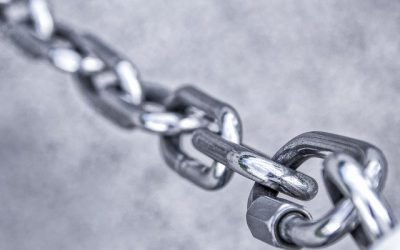What are the Cash Drivers in your Business?
There 3 primary cash drivers in any business and 3 secondary drivers. The primary drivers are responsible for the overall amount of cash that you generate. The secondary drivers are responsible for the amount that you have access to at any given time. It is often the secondary drivers that are overlooked. We will focus on the secondary drivers in this article. What are the drivers?
Primary Drivers:
There are 3 primary cash drivers: Sales, Direct Costs and overhead Costs. Sales generate the cash and then our cost areas remove it hopefully leaving us with a surplus. However, unless we manage the secondary drivers, we often will have a much smaller volume of cash to work available to us.
Secondary Drivers:
Debtors (or Accounts Receivable), Inventory and Creditors (accounts Payable) are the 3 secondary drivers.
Debtors
is money that is owed to your business and is outstanding sales. The faster we can collect this money the more cash you have at any given time and the less exposed you are to the risk of customer or supplier foreclosures.
Collect your debts promptly. Most people pay bills on the “Sqeaky Door” Theory – the more noise the more attention. Send your bills promptly and considering shortening your billing period from monthly to weekly or fortnightly. Do not extend payment terms rather create incentives to pay early.
Secondary Driver 2: Inventory
Like Debtors, inventory levels can climb in periods of high growth. As we have already paid for the stock (or raw materials) on the shelf, this removes cash from the system until we can sell the product. In service industries, inventory is usually accounted for as Work In Progress (WIP).
Most businesses do not have an accurate inventory. It is usually very easy to set-up a simple monitoring system and requires some forethought, but as most business are usually carrying way to much inventory, there is plenty of room to move and plenty of cash to recover!
Think of ways that you can reduce the level of inventory. Ask suppliers to deliver on a Just-In-Time basis or to stock-pile on your premises and you only pay for what is used. Introduce better sales feedback mechanisms that help you control inventory. Introduce visual management systems or bar-code systems to help manage and control.
Secondary Driver 3: Creditors
Creditors or Accounts Payable is money that you owe to others. Paying your bills too quickly can remove cash from your system and paying too slowly can cause problems with suppliers and destroy relationships that have taken years to build.
Generally, we recommend trying to pay within acceptable payment terms for the supplier, especially key suppliers. If the Supplier is silly enough to offer 60 day terms, the take them. Use credit cards to gain you extra days of free credit and to access reward and loyalty programs.
Cash Management Tips
There are several other reasons why business managers don’t plan:
- Monitor your cash drivers, especially the secondary drivers;
- Collect your debts as fast as possible. Offer incentives for quick payment;
- Manage your inventory levels – this is the hidden cash problem in most businesses.
- Be a responsible Corporate Citizen and pay your debts when they are due, but don’t pay them any earlier than you need to.
- Pass on the GST, if you have been tempted to absorb the costs. Most consumers have learned to accept the cost.
- Keep your books up to date – minimum monthly. If this means that you need to invest in a better accounting software solution, then do this.
- Use the data available in your business to monitor it.
Next Steps:
Review your accounting software. Is it up to the task? Use it to monitor you cash drivers. If not, set up a simple spreadsheet.
If you are using MYOB, get a copy of the CD-ROM based training program “MYOB & GST”.



